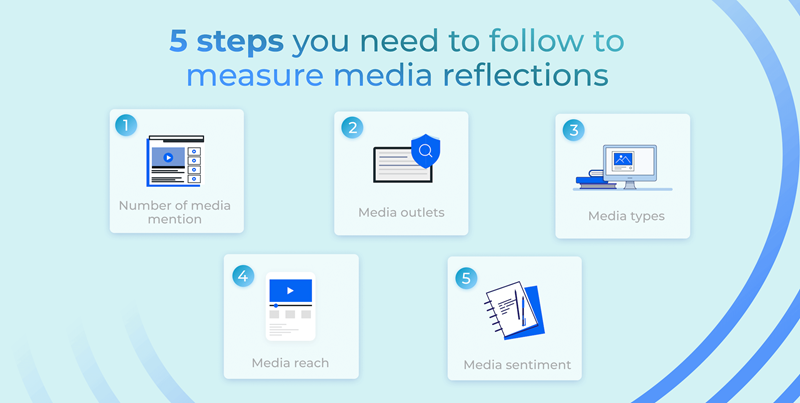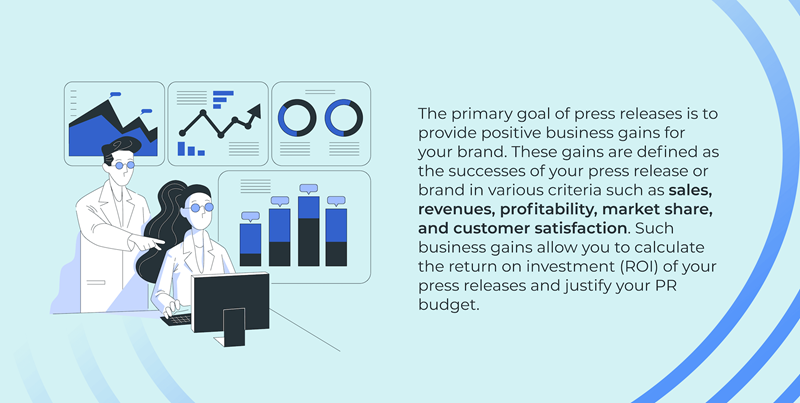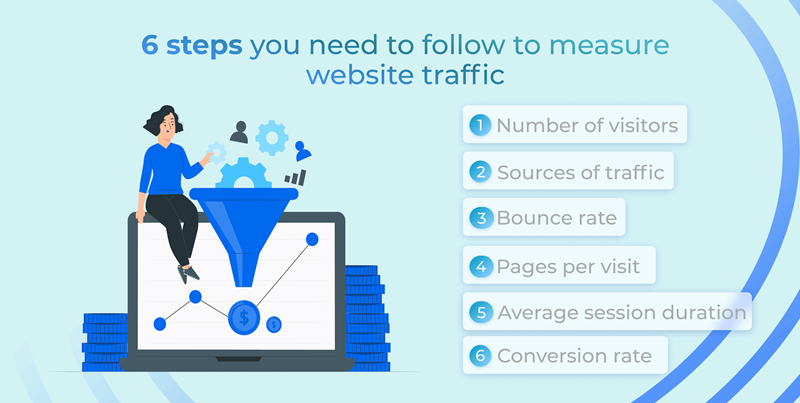Press release analytics are essential for understanding the impact and effectiveness of your press release campaigns. By utilizing various tools and metrics, you can gain valuable insights into how well your press releases are performing and make data-driven decisions to improve your PR strategy. Tools such as Google Analytics, PR Newswire, and Cision allow you to track important metrics like website traffic, audience engagement, and media coverage.
These tools provide valuable data on who is reading your press releases, how they are engaging with your content, and where your press releases are being shared. By analyzing this data, you can identify trends, measure the success of your campaigns, and make adjustments to optimize your PR efforts.
One of the key metrics to track in press release analytics is website traffic. By using tools like Google Analytics, you can see how many people are visiting your website as a result of reading your press releases. This data can help you understand the impact of your press release campaigns on driving traffic to your site and generating leads. By analyzing website traffic metrics, you can identify which press releases are driving the most traffic, which keywords are driving organic search traffic, and which channels are bringing in the most referral traffic. This information can help you optimize your press release distribution strategy and focus on the channels and keywords that are driving the most traffic to your site.
Another important metric to track in press release analytics is audience engagement. Tools like PR Newswire and Cision provide data on how readers are engaging with your press releases, such as how long they are spending on the page, which links they are clicking on, and which social media platforms they are sharing your content on. By analyzing audience engagement metrics, you can gain insights into what content resonates with your audience, which headlines are most effective, and which calls to action are driving the most conversions. This information can help you create more engaging press releases that capture the attention of your target audience and drive them to take action.
Media coverage is another important metric to track in press release analytics. Tools like Cision allow you to monitor where your press releases are being picked up by the media, which outlets are covering your news, and how your press releases are being shared across different channels. By analyzing media coverage metrics, you can identify which journalists are interested in your news, which publications are giving you the most visibility, and which topics are generating the most buzz. This information can help you tailor your press release distribution strategy to reach the right journalists and publications and increase your chances of getting media coverage for your news.
In conclusion, understanding press release analytics is essential for measuring the success of your PR campaigns and making data-driven decisions to improve your strategy. By utilizing tools and metrics to track website traffic, audience engagement, and media coverage, you can gain valuable insights into how your press releases are performing and make adjustments to optimize your PR efforts. Press release analytics provide you with the data you need to identify trends, measure the impact of your campaigns, and make informed decisions that will help you achieve your PR goals.

What Are Press Release Analytics?
Press release analytics refer to the process of collecting and analyzing data related to press releases in order to measure their effectiveness and impact. This includes tracking metrics such as the number of views, shares, and engagement levels, as well as monitoring the reach and visibility of the press release across various platforms. By analyzing these metrics, organizations can gain valuable insights into how well their press releases are performing and how they are being received by their target audience.
This data can help guide future communications strategies, identify areas for improvement, and make informed decisions about where to focus resources for maximum impact. Press release analytics can also provide valuable feedback on the effectiveness of different messaging strategies, helping organizations to refine their approach and better tailor their communications to meet the needs and preferences of their audience. In today’s digital age, press release analytics play a crucial role in helping organizations to track and measure the success of their public relations efforts, and to make data-driven decisions that can ultimately enhance their overall communication strategy.
Essential PR Measurement Tools for Analyzing Press Releases
Effective measurement of press releases is essential for evaluating the success of a PR campaign and determining the return on investment. There are several key tools that PR professionals can utilize to analyze the impact of their press releases. One crucial tool is media monitoring software, which can track the reach and engagement of press releases across various media channels. This software can provide valuable insights into how many people viewed the release, how many times it was shared, and what type of coverage it received.
Another important tool is social media analytics, which can gauge the level of engagement and sentiment surrounding a press release on platforms like Twitter, Facebook, and LinkedIn. By monitoring social media metrics such as likes, shares, and comments, PR professionals can assess the overall effectiveness of their messaging and identify areas for improvement. Additionally, website analytics can be used to track the amount of traffic generated by a press release and measure the conversion rate of visitors into leads or customers.
By analyzing metrics such as page views, bounce rate, and time on page, PR professionals can gain valuable insights into the impact of their press releases on website traffic and user behavior. In conclusion, utilizing these essential PR measurement tools can help PR professionals evaluate the success of their press releases and make data-driven decisions to optimize future campaigns.

Metrics to Measure: What to Track and Why
When it comes to measuring success, it is crucial to track the right metrics to ensure that progress is being made towards the desired goals. By identifying key performance indicators (KPIs) and consistently monitoring them, organizations can gain valuable insights into their operations and make informed decisions to drive growth and efficiency. Metrics such as revenue, customer satisfaction, employee engagement, and market share are commonly tracked to assess the overall health of a business. These metrics provide a clear picture of where improvements can be made and where resources should be allocated.
By understanding what to track and why, organizations can stay ahead of the competition and adapt to changing market conditions. Additionally, tracking metrics can help identify trends and patterns that may not be immediately apparent, allowing for proactive measures to be taken to address any potential issues. In today’s fast-paced and competitive business environment, tracking the right metrics is essential for long-term success and sustainability. By focusing on relevant and meaningful data points, organizations can make strategic decisions that drive growth and profitability. Ultimately, knowing what to track and why is the key to achieving and maintaining success in any industry.
Enhancing Your PR Strategy with Analytics
In today’s digital age, it is crucial for businesses to have a strong public relations strategy in place to effectively communicate with their target audience and maintain a positive brand image. One way to enhance this strategy is by incorporating analytics into the mix. By utilizing analytics tools, businesses can gain valuable insights into the effectiveness of their PR efforts, allowing them to make informed decisions on how to better engage with their audience and improve their overall communication strategy.
Analytics can provide valuable data on audience demographics, engagement levels, and sentiment towards the brand, helping businesses tailor their messaging to better resonate with their target market. Additionally, analytics can help businesses track the success of their PR campaigns, measure the impact of their efforts, and identify areas for improvement. By leveraging the power of analytics, businesses can optimize their PR strategy, increase their reach, and ultimately, drive better results for their brand.
In an increasingly competitive market, having a data-driven approach to PR is essential for businesses looking to stay ahead of the curve and effectively connect with their audience. By incorporating analytics into their PR strategy, businesses can ensure that they are delivering the right message to the right audience at the right time, ultimately leading to increased brand awareness, customer loyalty, and business success.

Using Data to Improve Future Press Releases
Using data to improve future press releases is essential for ensuring that your messaging is relevant and engaging to your target audience. By analyzing data from past press releases, such as click-through rates, social media engagement, and audience demographics, you can gain valuable insights into what resonates with your audience and what doesn’t.
This information can help you tailor your future press releases to better meet the needs and interests of your readers, increasing the likelihood of them being shared and gaining traction. Additionally, data can also help you track the success of your press releases over time, allowing you to see which strategies are working and which may need to be adjusted. By continuously monitoring and analyzing data, you can refine your press release strategy and ultimately improve the effectiveness of your communications with the media and your target audience.
In an age where information overload is a constant challenge, using data to inform your press release strategy can help you cut through the noise and deliver content that is truly impactful and resonant. By leveraging data in this way, you can stay ahead of the curve and ensure that your press releases are not only seen but also have a meaningful impact on your audience.
